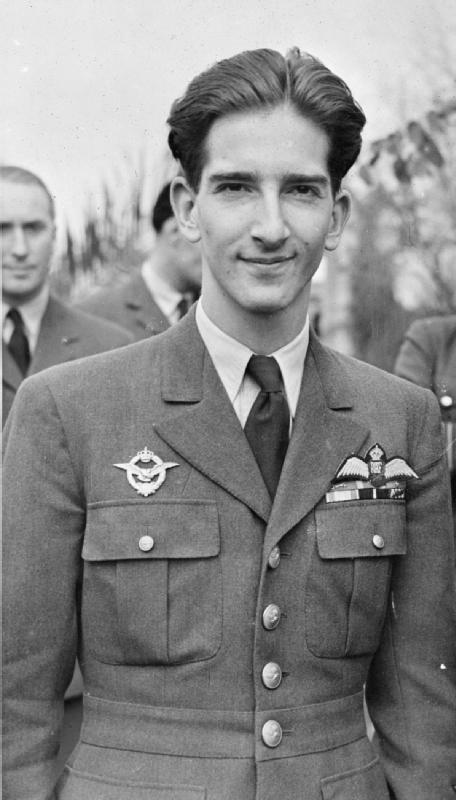II. King Peter of Yugoslavia, a member of the House of Karađorđević, ruled Yugoslavia from 1934 to 1945. He was born on September 6, 1923 in Belgrade and died on November 3, 1970 in Denver, USA. During his reign, the young king faced the country's political storms. After the death of his father, King Alexander I, he ascended the throne in 1934 at the age of 11. As he was a minor, he could not rule, so the actual power was exercised by his uncle, Prince Pál as regent. Prince Pál pursued a pro-German policy, but in 1941 a pro-English military group carried out a coup, during which II. Peter was declared an adult. However, the king's reign proved to be short-lived, as Germany and its allies attacked and occupied Yugoslavia within a short period of time. During the Second World War II. Péter and the Yugoslav government were forced to emigrate. The king fled first to Greece, then to Egypt, and finally to Great Britain. In exile, he continued his studies at the University of Cambridge and joined the British Royal Air Force. After the war, on November 29, 1945, Josip Broz Tito, the first prime minister of the Federal People's Republic of Yugoslavia, deprived II. Péter from the throne. Péter later settled with his family in the United States, in Chicago. The health of the last Yugoslav king was poor throughout his life, in 1970 he needed a liver transplant, which was unsuccessful. He died in Denver of complications from surgery on November 3, 1970. His remains were interred at the Serbian Orthodox Monastery of Saint Sava in Libertyville(wd), Illinois. His body - even though this was included in his last will - could only be brought home in 2013, and then he and his wife were reburied in the family mausoleum in Oplenac on May 26, 2013. His wife was Princess Alexandra of Oldenburg (1921-1993), who had a son: Sándor ( 1945–) Yugoslav heir to the throne, from 1970 the head of the Karađorđević (Karagyorgjevic) house. He returned to Serbia in July 2001 and received back the dynasty's residences in Belgrade for use. II. Peter's life and reign took place in one of the decisive periods of Yugoslav history, the events of which had a significant impact on the history of the region and the world.
II. During the reign of King Peter of Yugoslavia, between 1934 and 1945, significant changes took place in the Yugoslav coinage. The king ascended the throne in 1934, after the assassination of his father, King Alexander I, at the age of 11. Until then, his cousin, Prince Pál, led the Council of Regents. In 1935, the Yugoslav government passed a new mint law, which allowed the king's portrait to appear on coins. Until then, the coins featured the coats of arms of the Serbian state and the Kingdom of Yugoslavia. II. During Peter's reign, two large coinage series were produced. In the first series, between 1935 and 1940, in addition to the portrait of the king, the coat of arms of the Yugoslav kingdom was also visible. In the second series, between 1940-1945, only the portrait of the king was included. In addition to the coinage series, II. Some special commemorative coins were minted during Peter's reign. Such was the case, for example, of the 1941 commemorative medal celebrating the king's 18th birthday, or the commemorative medal minted in 1945 in memory of the Yugoslav soldiers who died in the Second World War. After the Second World War, in 1945, II. Peter was dethroned and the Yugoslav Communist Party came to power. After that, significant changes took place in the Yugoslav coinage. Instead of the old dinar, a new currency called the forint was introduced, and symbols of communist ideology began to appear on the money. II. Coins minted during Peter's reign are now valuable collector's items.

 Czech
Czech  Slovenčina
Slovenčina  Română
Română  Polski
Polski  Español
Español  Français
Français  Italiano
Italiano  Magyar
Magyar  English
English  Deutsch
Deutsch 